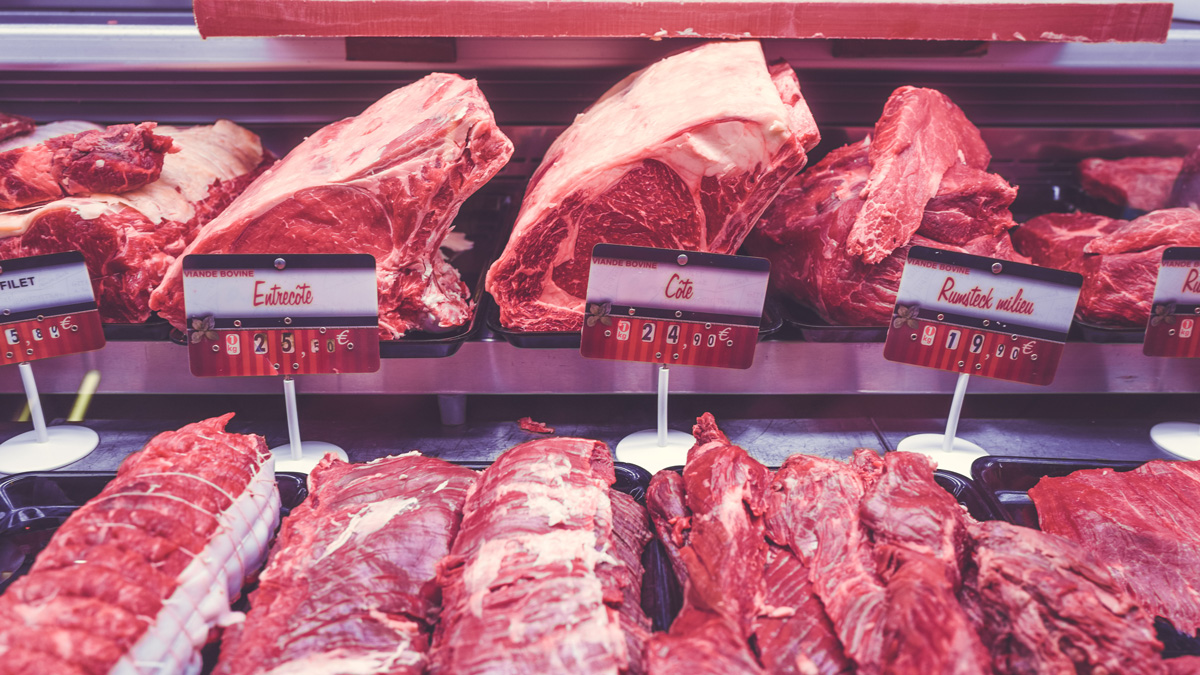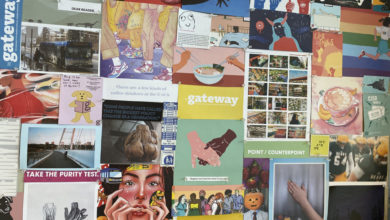New age meat: Straight from the lab
 Lukas Budimaier
Lukas BudimaierThe population of the earth is 7.6 billion and to feed them, we’re gonna need a new kind of way to make food. Currently we’re doing a good job of maximizing our agricultural output with our current practices such as greenhouses, efficient irrigation and fertilizer. But with a growing population, that’s simply not going to be good enough and I want to illustrate the inefficiencies of our current farming practices, specifically the meat industry and basically its entire existence. Now don’t pull out the pitchforks yet, I’m not saying we stop eating meat entirely — just from a different source.
The source I will be focusing on today is cultured meat or cloned meat. Instead of breeding animals and feeding them for countless months while we wait for them to mature, we can take the actual animals out of the process. A technology exists to grow muscle cells in a nutrient serum and create a so-called meat. With no animals involved, there are a lot of potential benefits. A study published by Environmental Science and Technology found that you’d save as high as 99 per cent of the land currently used for more standard ranching practices.
Remember how everyone wants to stop deforestation of the Amazon rainforest? Beef production is the cause for approximately 70 per cent of that deforestation. Our current method of beef production takes up too much space. With much lower land usage associated with cultured meat production, there will room to produce enough food to feed the world in the future.
The agriculture industry is one of the largest greenhouse gas contributors. A study in 2011 found that 10 per cent of total greenhouse gas emissions come from animal agriculture alone. For each kilogram of beef, 12 kilograms of CO2 equivalent are emitted. For the new-and-improved method of cultured meat only 2.2 kilograms of CO2 equivalent is emitted. That’s 80 per cent less of CO2 equivalent emissions.
Another crazy inefficient by-product of current meat production is water usage. Some more radical estimates for water usage currently associated with meat production are as high as 10,000 litres to 200,000 litres but, a more conservative estimate of 1,799 litres per kilogram is likely closer to the true amount of water used. Even then, cultured meat beats it out with only 521 litre per kilogram and with drought and desertification increasing as global temperatures get higher, this could be a life-saving amount of water saved.
This technology, however, is not completely ready. You can’t rush out to your nearest grocery store and pick some cultured meat off the shelf, but it’s on the cusp of being economically viable. The very first lab-created burger was eaten in a lab at Maastricht University in London and according to Josh Schonwald, a food critic who tried the burger at the university’s lab, the cloned meat tasted perfectly normal, apart from being “surprisingly crunchy”. There were no side effects to eating the cultured meat. It is close enough to be the real thing and when it becomes available, I, for one, will be the first to start cooking my very own hearty, cloned steak.



